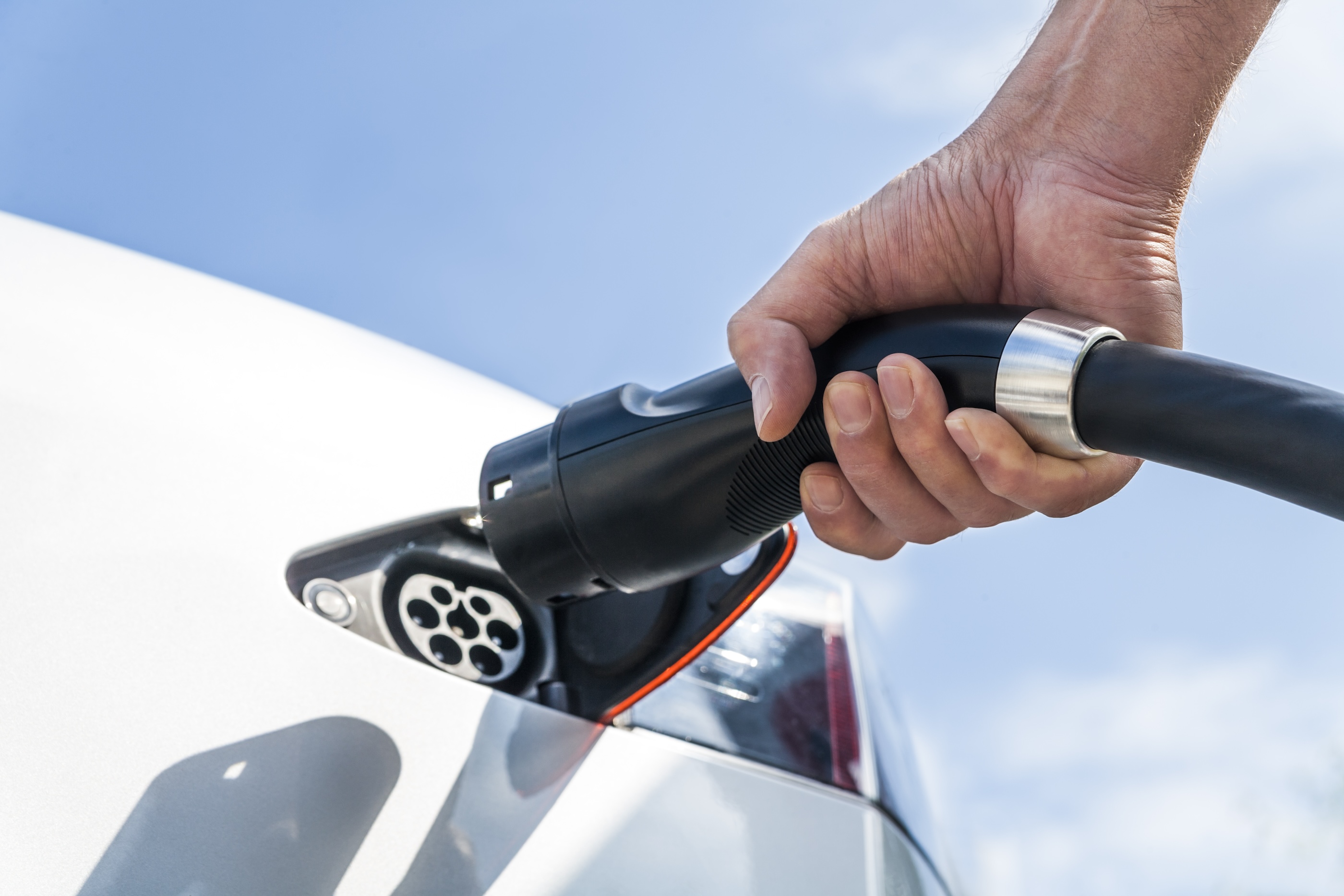5 facts that set the record straight on electric vehicles in the U.S.

The average U.S. household spends hundreds of dollars a month on gasoline.
That means billions of dollars to oil companies, refiners and others — and a huge incentive for their lobbyists to try to block policies that move the country to clean, zero-emission electric vehicles.
The U.S. Environmental Protection Agency has updated pollution limits for new passenger cars and trucks, and new delivery and freight trucks and buses produced in model years 2027 through 2032. These vital protections will slash billions of tons of climate pollution along with reducing air pollution that causes thousands of premature deaths every year.
Here are facts to counter the misinformation designed to keep people paying at the pump.
Fact 1: Buying an EV is more affordable than ever for U.S. families in the market for a new car, truck or SUV, with many currently available EVs providing thousands of dollars in savings.
Average EV costs have dropped fast, accelerated by up to $7,500 in EV rebates provided by the Inflation Reduction Act, the most ambitious climate law in U.S. history. Consumers can currently choose from up to 21 EV models available for less than $35,000 and up to 47 models available for less than $48,000 — the average price of a new vehicle last year. This includes both battery electric and plug-in hybrid models in a wide range of vehicle types.
EV owners spend less on fuel and maintenance. Many currently popular or widely anticipated EV models can provide owners with up to $27,000 in savings over the first 10 years of ownership compared to a similar gasoline-powered vehicle.
Take action: Fight back against EV misinformation
Fact 2: EV sales are strong and growing faster than most expected.
More than 1.4 million EVs were sold in 2023 in the U.S., 9.1% of all passenger vehicles.
Sales growth has been significant, outpaced projections and is expected to continue:
- EV sales grew over 50% last year, up from 930,000 sales in 2022. EV sales have grown much faster than expected. Actual EV sales in 2023 exceeded over 85% of expert projections made in 2019 to 2022.
- Research firm BloombergNEF projects that “EV sales [will] continue to surge in the next few years,” estimating that EVs will make up nearly 28% of passenger vehicle sales by 2026.
Fact 3: Buying an EV helps the U.S. economy and contributes to manufacturing and job creation in states across the country.
As of March 2024, manufacturers have announced investments of nearly $190 billion toward EV manufacturing in the U.S., with 61% of these investments happening since the Inflation Reduction Act passed in August 2022.
EV investments support and create jobs:
- Manufacturers have announced 195,000 direct jobs associated with these investments, which will support more than 876,000 jobs in the broader economy.
- States with the greatest levels of investment and announced jobs include Georgia, Michigan, North Carolina and Tennessee.
Take action: Fight back against EV misinformation
Fact 4: The EV charging network is growing rapidly and EVs can get drivers where they need to go.
The average range for U.S. EVs is almost 300 miles on a single charge. Yet according to AAA, Americans drive an average of only 30 miles a day.
There are more than 190,000 public EV charging ports in the U.S. with 900 chargers being installed every week, according to the U.S. Department of Energy.
Recent analysis from the environmental consulting firm WSP examined existing and announced charging infrastructure in the U.S. and found rapid new investments since passage of the Inflation Reduction Act that will deliver 800,000 new charger ports by 2030.
Fact 5: Driving an EV helps fight climate change and improve air quality.
Battery-powered EVs reduce climate pollution by 65% compared to conventional gasoline vehicles, according to a study by the University of Michigan. Other analyses from the EPA and others have found the same result that EVs reduce total greenhouse gas emissions. The U.S. transportation sector is the largest source of climate pollution in the nation and one of the largest in the world.
EVs improve air quality and save lives:
- The transportation sector is also one of the biggest sources of harmful pollutants, generating more than half of the nation’s total nitrogen oxides emissions, which contribute to smog and dangerous particle pollution. EVs greatly reduce this health-harming pollution. The EPA’s proposed standards are expected to reduce fine particulates by approximately 246,000 tons and nitrogen oxides by more than 1 million tons cumulatively by 2055.
- EDF quantified the health benefits from the EPA standards and estimates that the clean car rule can prevent more than 32,000 premature deaths, avoid nearly 45,000 hospital visits, prevent more than 16 million asthma attacks, and avoid an estimated 6 million lost work and school days cumulatively by 2055.










